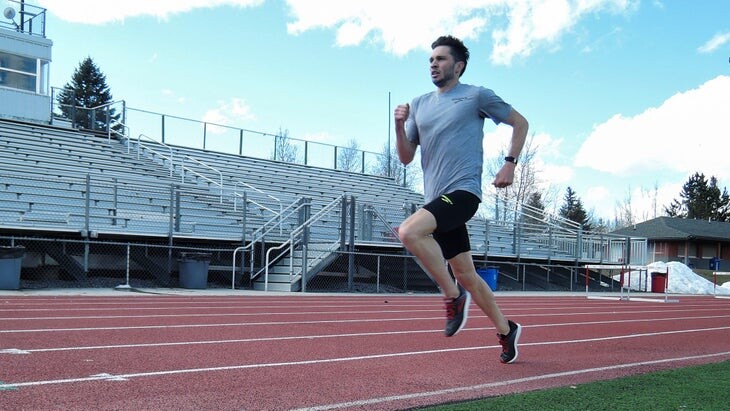Running News Daily
Running News Daily is edited by Bob Anderson. Send your news items to bob@mybestruns.com Advertising opportunities available. Train the Kenyan Way at KATA Kenya and Portugal owned and operated by Bob Anderson. Be sure to catch our movie A Long Run the movie KATA Running Camps and KATA Potato Farms - 31 now open in Kenya! https://kata.ke/
Index to Daily Posts · Sign Up For Updates · Run The World Feed
Run Your Next Race Faster
Building an aerobic base and gradually running more miles provides the foundation upon which speed and endurance are built. But eventually, you’ll need to run fast to run faster!
Improving endurance is the easier and more straightforward skill that simply involves increasing the duration of your longest runs. Any run lasting more than 75 minutes or so will enhance your endurance capacity by stimulating adaptations–increased vascularization, mitochondrial enzyme production/function, fat metabolism, etc.–to better handle running longer and farther.

Running more mileage–crushing more KMs–will also make you faster to a degree, but if you want to continue the trend, you’ll need to commit to speed training.
Speed training is a bit more complicated and doesn’t follow a single or simple metric. Basically, to develop speed you must train the body to run at paces that are faster than what it’s used to. This can be accomplished in a number of ways. Intervals, hills, fartleks and tempos are all examples of workouts in which you aim to run a segment of your run at a faster pace than usual, with easier, recovery segments before, between and after.

Once you decide what type of speed training to do, it’s then important to decide how fast to run.
Run too fast and you’ll tire quickly or risk injury. Run too slowly and you won’t get the desired adaptations you’re aiming for.
If you’re newer to running or speed training, simply start by running at a pace that is faster than what seems easy or comfortable. It should be a pace that makes it difficult to speak, other than to utter a word or two. Start with short intervals up to about a minute and take a break in between to catch your breath. Gradually increase then duration and number of intervals (or hills, fartleks, etc.) you do.
More advanced runners should use speeds and paces based on their upcoming goal races. If you’re training for shorter distances, intervals between 5K and 10K pace are often ideal. For longer races including the half and marathon, it’s important to practice running at goal race pace to build a level of comfort and confidence.
Be sure to give yourself a full day or two of rest or easy running between speed sessions/days in order to recover and reap the adaptations of your workout. Aim to add one day of speed training per week then build to two days after a few weeks. Be creative with your training and try to make it fun.
by Dan Way
Login to leave a comment




